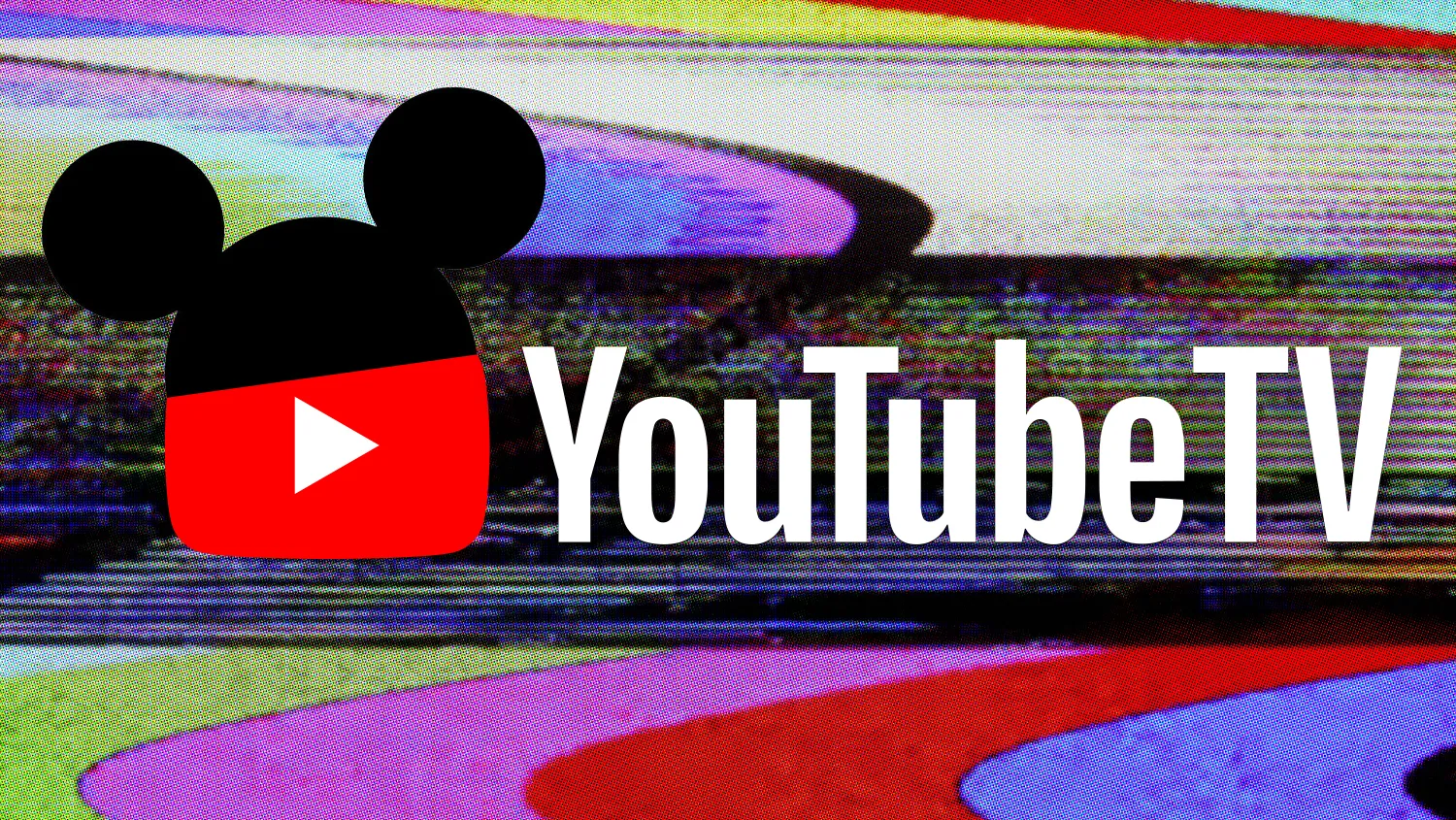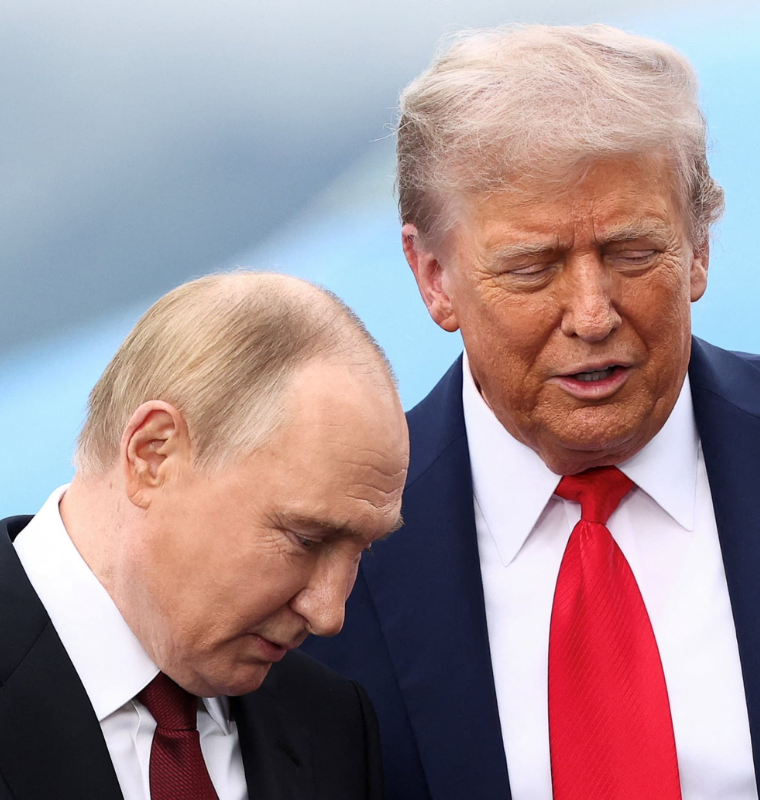Disney Channels Pulled from YouTube TV After Contract Talks Break Down
Disney Channels Pulled from YouTube TV After Contract Talks Break Down
By
David Goldfarb
Last updated:
October 31, 2025
First Published:
October 31, 2025

A Major Streaming Rift Shakes the Industry
In a significant disruption for streaming television users, YouTube TV has lost access to Disney-owned channels, including ABC, ESPN, FX, and National Geographic, after the two media giants failed to renew their distribution agreement before the October 30 deadline.
“YouTube TV will no longer carry Disney programming starting today,” the company announced in a statement Thursday night. The blackout affects more than 20 channels and all previously recorded Disney content stored on users’ DVRs.
The fallout comes amid months of tense negotiations over carriage fees and digital rights, exposing a growing divide between traditional media companies and tech-driven streaming distributors battling for dominance in the entertainment landscape.
Price Pressures and the Blame Game
YouTube TV, owned by Google, accused Disney of leveraging “blackout threats” to push for higher prices that would ultimately affect subscribers. “We will not agree to terms that disadvantage our members while benefiting Disney’s own live TV products,” YouTube TV said, referencing Disney’s Hulu + Live TV and Fubo services.
To ease subscriber frustration, YouTube TV promised to credit users $20 if the outage continues for an extended period. “We know how disruptive it is to lose the channels you enjoy,” the company added.
Behind the scenes, the standoff reflects a larger industry problem: as content costs skyrocket, distributors are struggling to keep subscription prices competitive. YouTube TV, which launched in 2017 at $35 a month, now charges $72.99 per month after several price hikes tied to rising licensing costs.
Disney’s Countermove and Failed Deal
Disney had previously cautioned viewers that its content might go dark if no new deal was reached. According to insiders, Disney offered YouTube TV a package deal allowing subscribers to access Disney+, Hulu, and ESPN+ at no additional cost — an approach similar to one it reached with Charter Communications earlier this year.
However, YouTube reportedly countered with a proposal to integrate Disney’s streaming services directly into YouTube TV’s interface, giving users seamless access without switching apps. Disney declined the request, viewing it as a potential threat to its standalone streaming ecosystem and data control.
The stalemate ultimately led to a blackout, underscoring how competitive rivalries in streaming are now influencing distribution deals that once operated behind closed doors.
A High-Stakes Battle in the Streaming Economy
The conflict comes at a time when streaming platforms are fighting for profitability after years of rapid expansion. YouTube remains the most-watched media platform in the U.S., commanding over 13% of total TV watch-time in July 2025, according to Nielsen data.
Analysts at MoffettNathanson project YouTube could overtake Disney in total media revenue by 2025, signaling a dramatic power shift in the entertainment industry. Disney, meanwhile, continues to pour billions into content creation and international streaming growth, with Disney+ alone reaching nearly 155 million global subscribers as of this quarter.
This clash also comes on the heels of a legal battle between the companies. Earlier this year, Disney sued YouTube after the tech giant hired Justin Connolly, Disney’s former distribution chief. Although Connolly has since recused himself from the current negotiations, the lawsuit added another layer of tension to an already strained relationship.
Viewers Caught in the Middle
For millions of subscribers, the blackout has immediate consequences. Major sporting events, ABC News broadcasts, and popular shows from Disney-owned networks are now inaccessible on YouTube TV — a blow to households that rely on the platform as their primary television service.
While both sides have expressed a willingness to continue negotiations, neither has provided a clear timeline for restoring Disney’s channels.
The impasse highlights a defining challenge for the future of streaming: how to balance profitability with accessibility. As traditional media powerhouses and tech-driven platforms battle for leverage, it’s the viewers who risk losing the most.
Popular articles
Subscribe to unlock premium content
The Business Behind Handcrafted Japanese Knives That Sell for Thousands

How Calm Turned Bedtime Stories Into a $1 Billion Wellness Empire

The Rise of AI Digital Pets as a Billion-Dollar Fantasy

The Business Behind Handcrafted Japanese Knives That Sell for Thousands

How Calm Turned Bedtime Stories Into a $1 Billion Wellness Empire

The Business Behind Handcrafted Japanese Knives That Sell for Thousands









